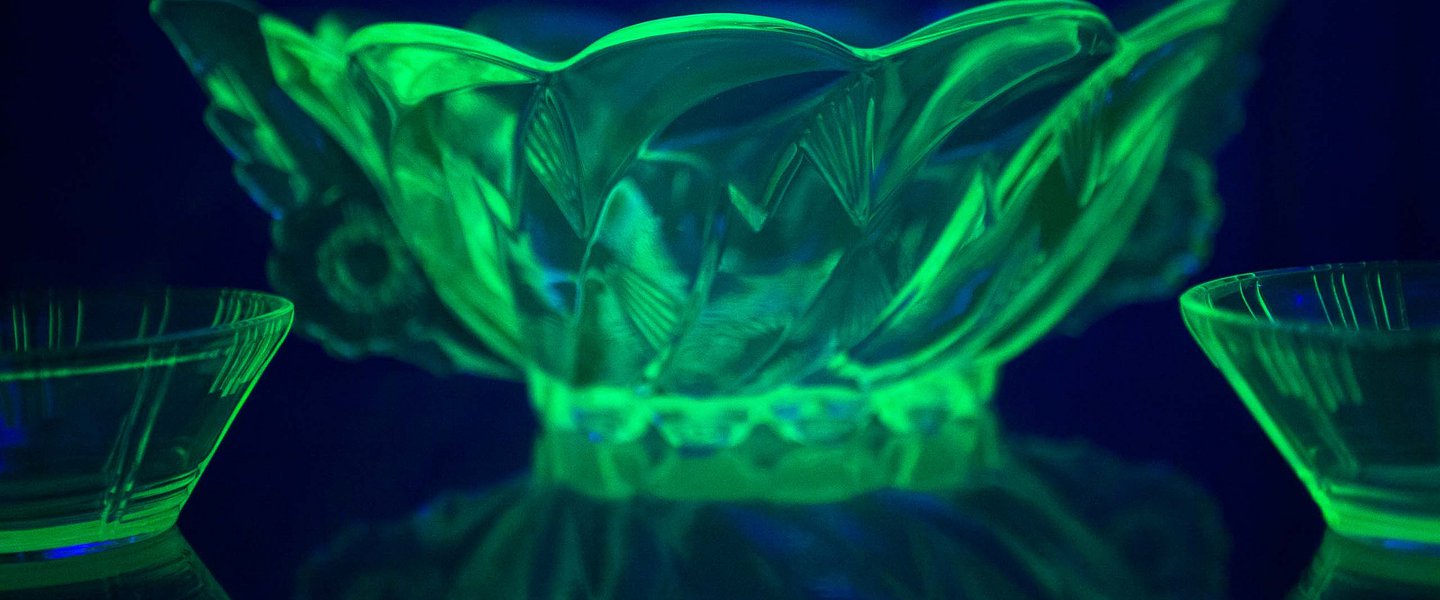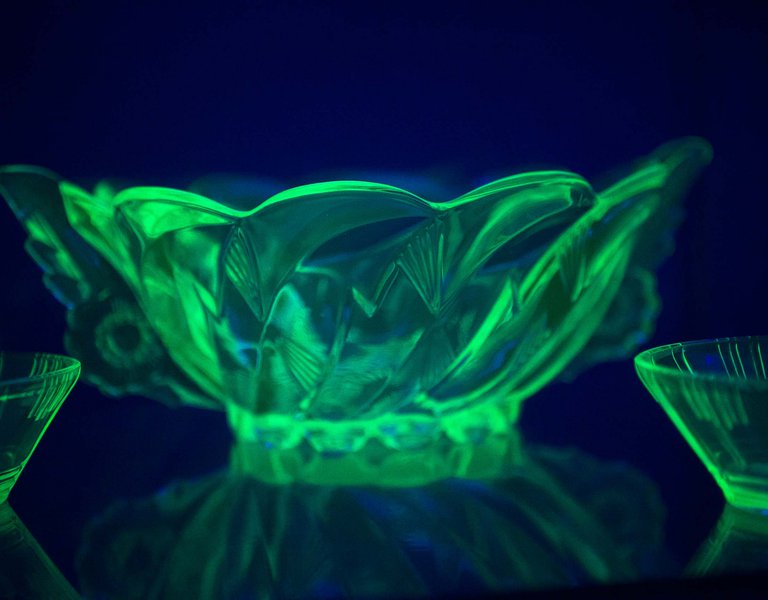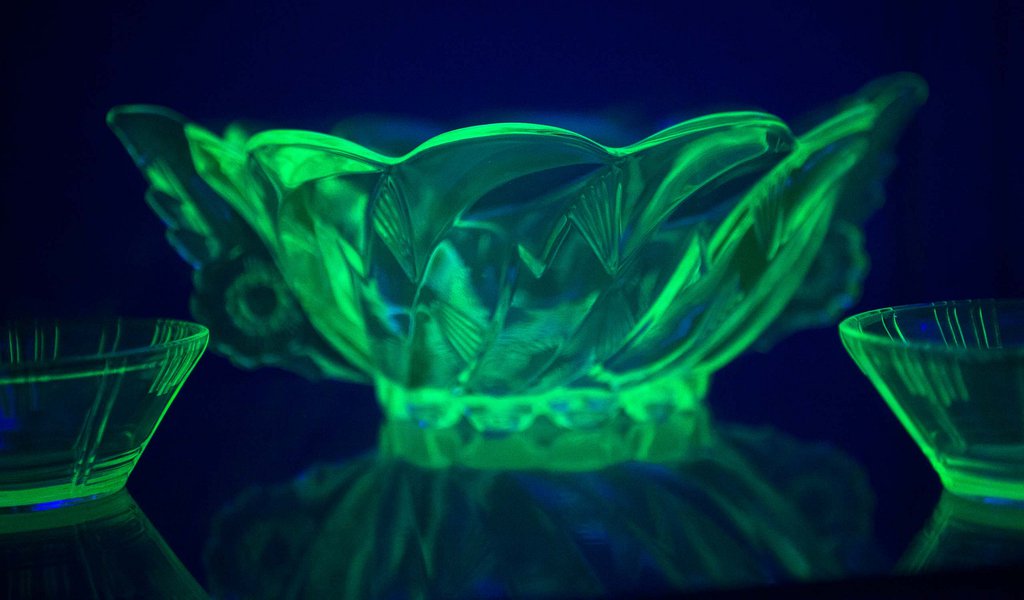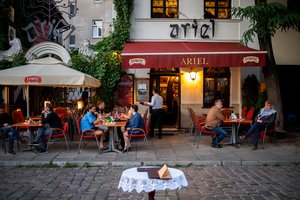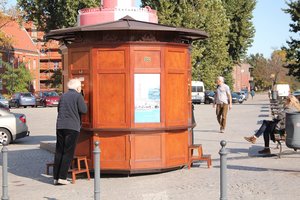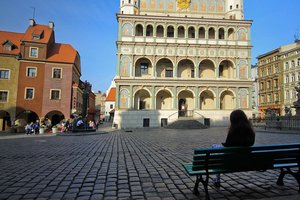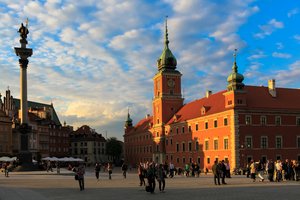Glass Heritage Centre in Krosno
Krosno is the most renown centre of industrial glass production in Poland. During a visit to the Glass Heritage Centre, you may see for yourself how the glass is produced in Krosno, or even blow a glass dish yourself.
'For 90 years glass was the focal point of the city. Krosno is the Glass City', reads the website of the Glass Heritage Centre (GHC). Its claim cannot be more true. Apart from the most famous KROSNO Glassworks, there are a dozen or so smaller works, plants and artistic workshops. Opened in 2012, the Glass Heritage Centre in Krosno is located in an attractive location at the Old Town's Market. It tells the story of the rich traditions and reveals the technical secrets of the modern production of this transparent material.
'Over the course of less than two years we sold approx. 90 thousand tickets. Please note that we organize a lot of events that do not require purchasing a ticket, so the number of visitors is much higher,' said Stefan Dziadosz, director of the Glass Heritage Centre in Krosno for Polska.pl. 'We have visitors from all over Poland, but also from Germany, Slovakia or English-speaking countries. The huge interest in our exhibition places GHC among leading centres in the south of Poland.
The fact that you can see for yourself how the glass is made, that you can take part in workshops and blow a glass bubble that is 1200 degrees Celcius yourself – these are the unique selling points of the centre.
'Glass-making technology is really spectacular, yet casual observers are rarely allowed to take a look at it. In our centre you can see it in detail, and participate in the process yourself. It is a unique experience not only in Poland, but in Europe, too,' says Stefan Dziadosz.
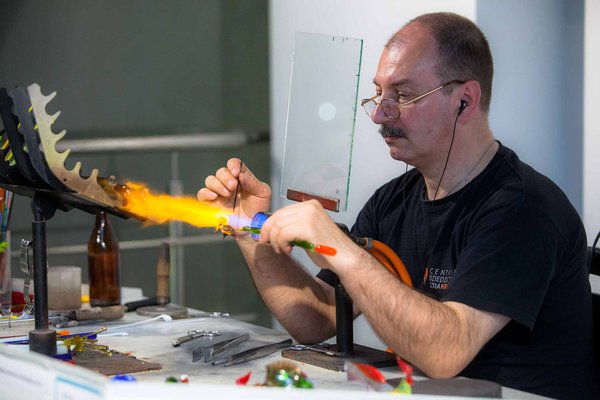
Glass-making shows aside, HGC offers an exhibition of glass art and a lesson in the history of the glass industry. The visitors may also see attractive and beautifully arranged collections of modern glass art made by artists not only from Krosno, but also from other European glass-making centres, such as the Venetian Murano works. Learning glass physics and conducting experiments on glass props, such as lenses, kaleidoscopes or optic fibres, might also be an interesting experience. The centre is the venue of many concerts and 3D mapping shows.
GHC was the initiator behind the Glass Route set at the Krosno's Old Town, comprising a dozen or so glass sculptures and touching upon the local legends. This route can be followed in a special tourist line.
Every year GHC holds MultiGlass Festival that takes place within the Night of Museums movement. Exhibitions, workshops and shows that are organized during the event are open to everyone for free.
The Glass Heritage Centre was built with the suppoort of the European Funds.
ALEKSANDRA STANISŁAWSKA
05.11.2014
